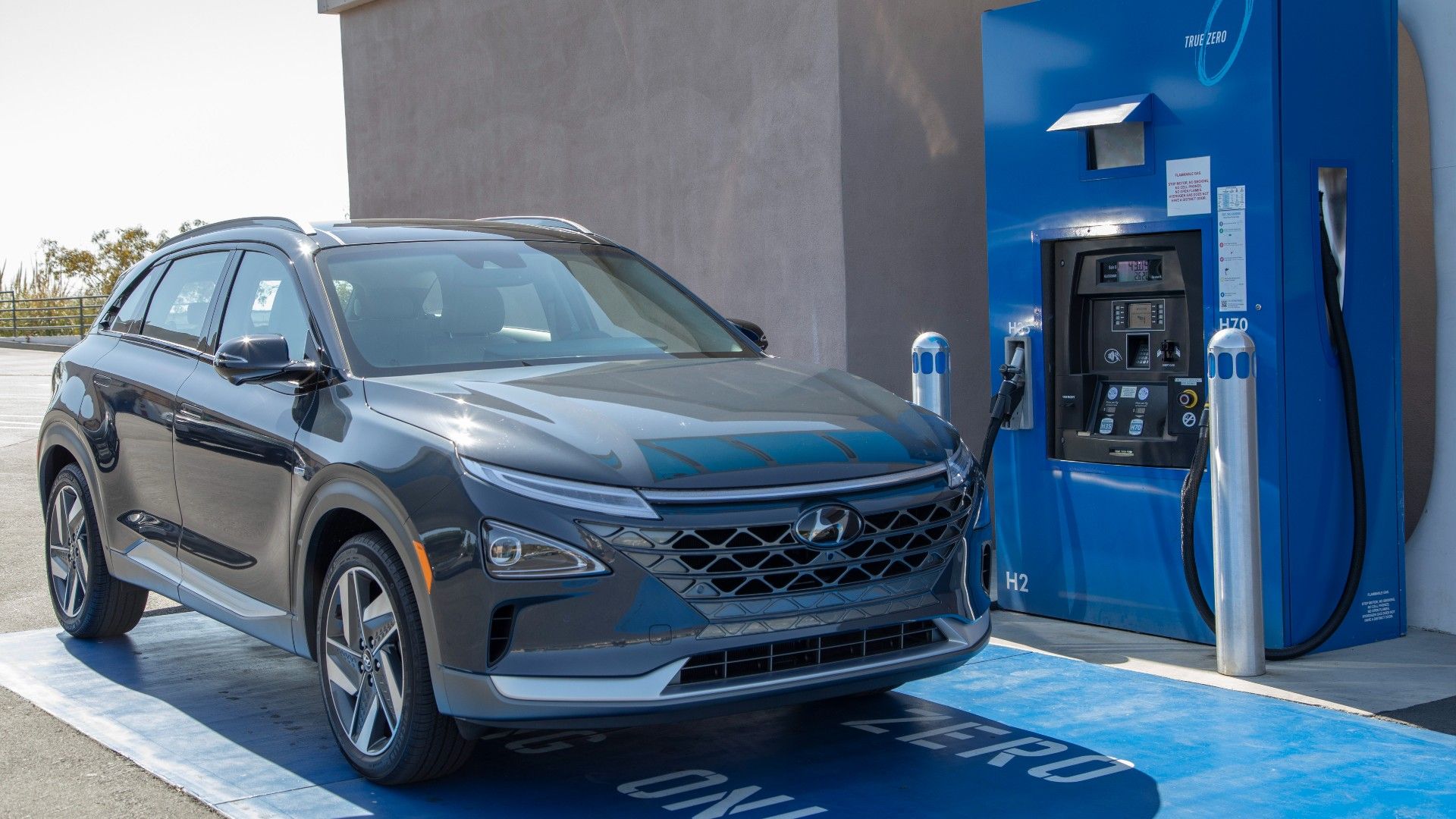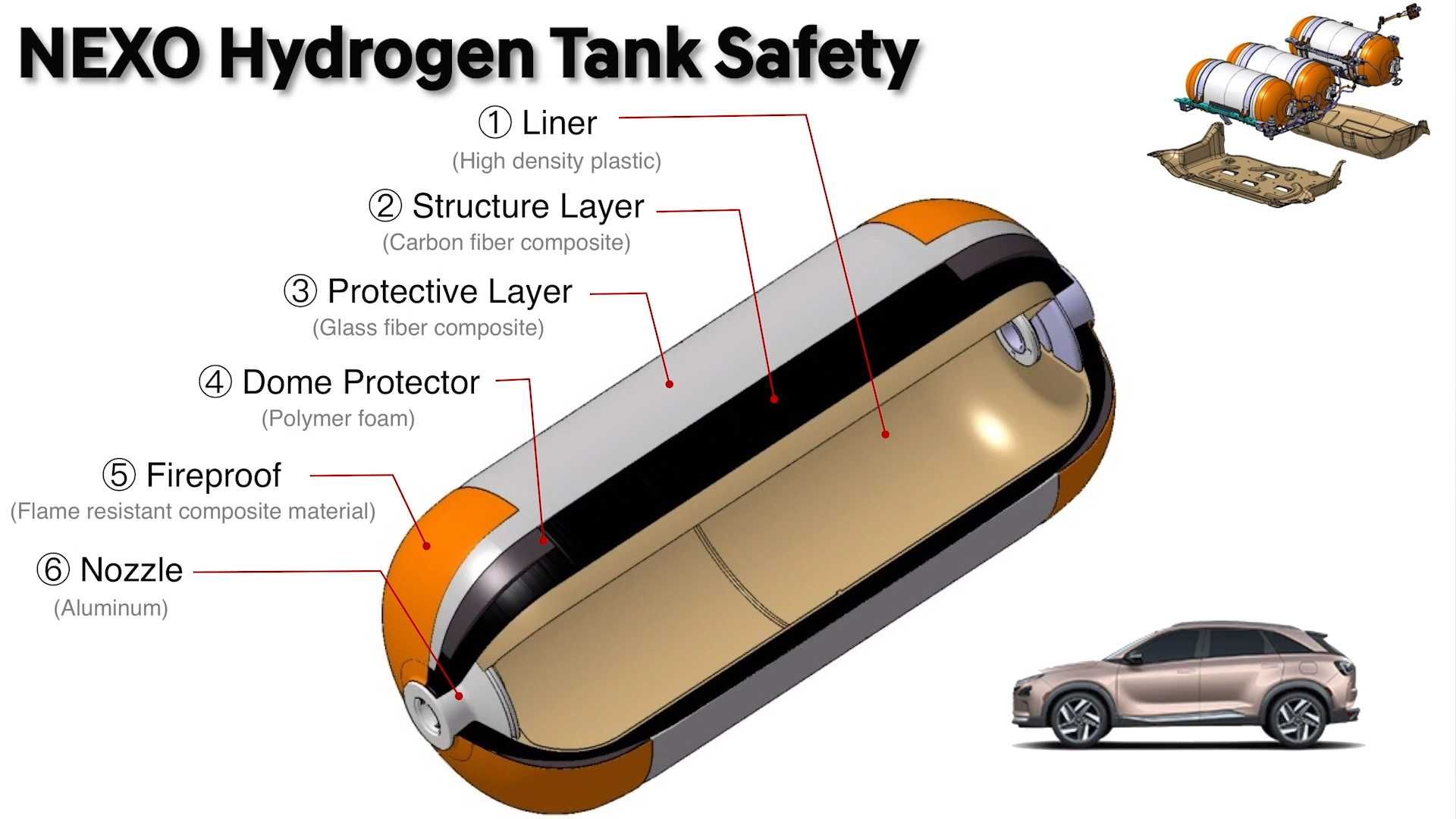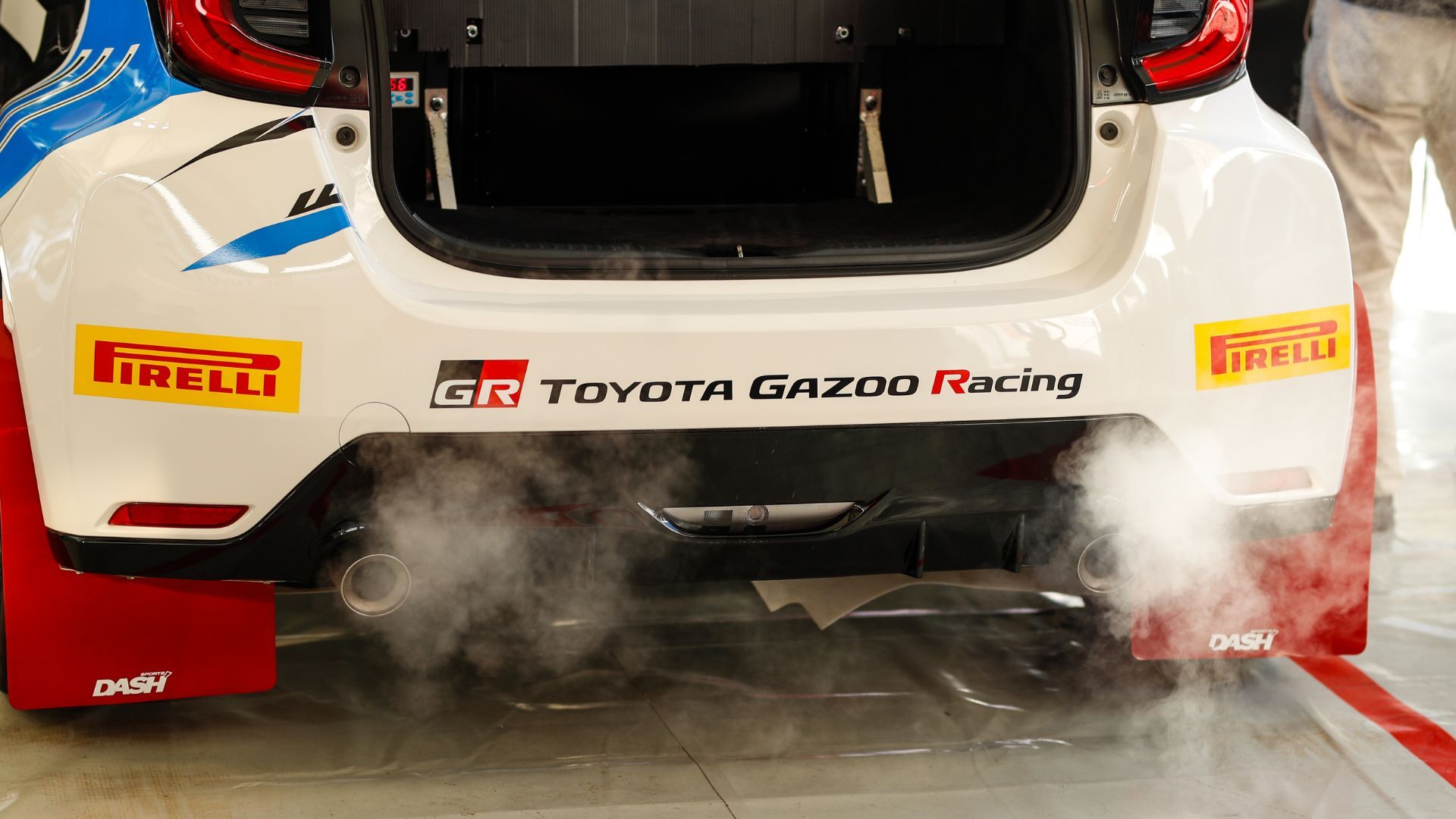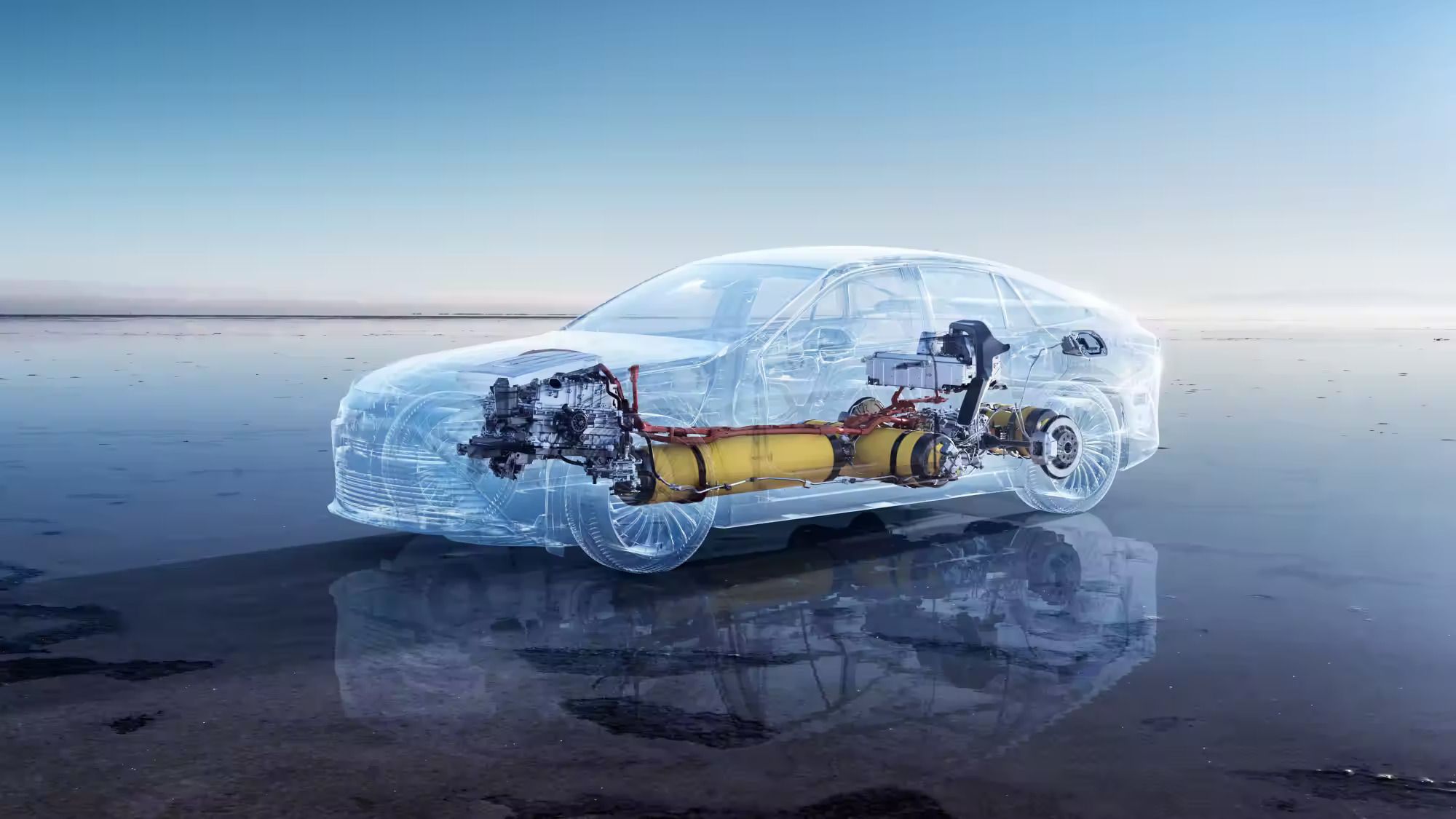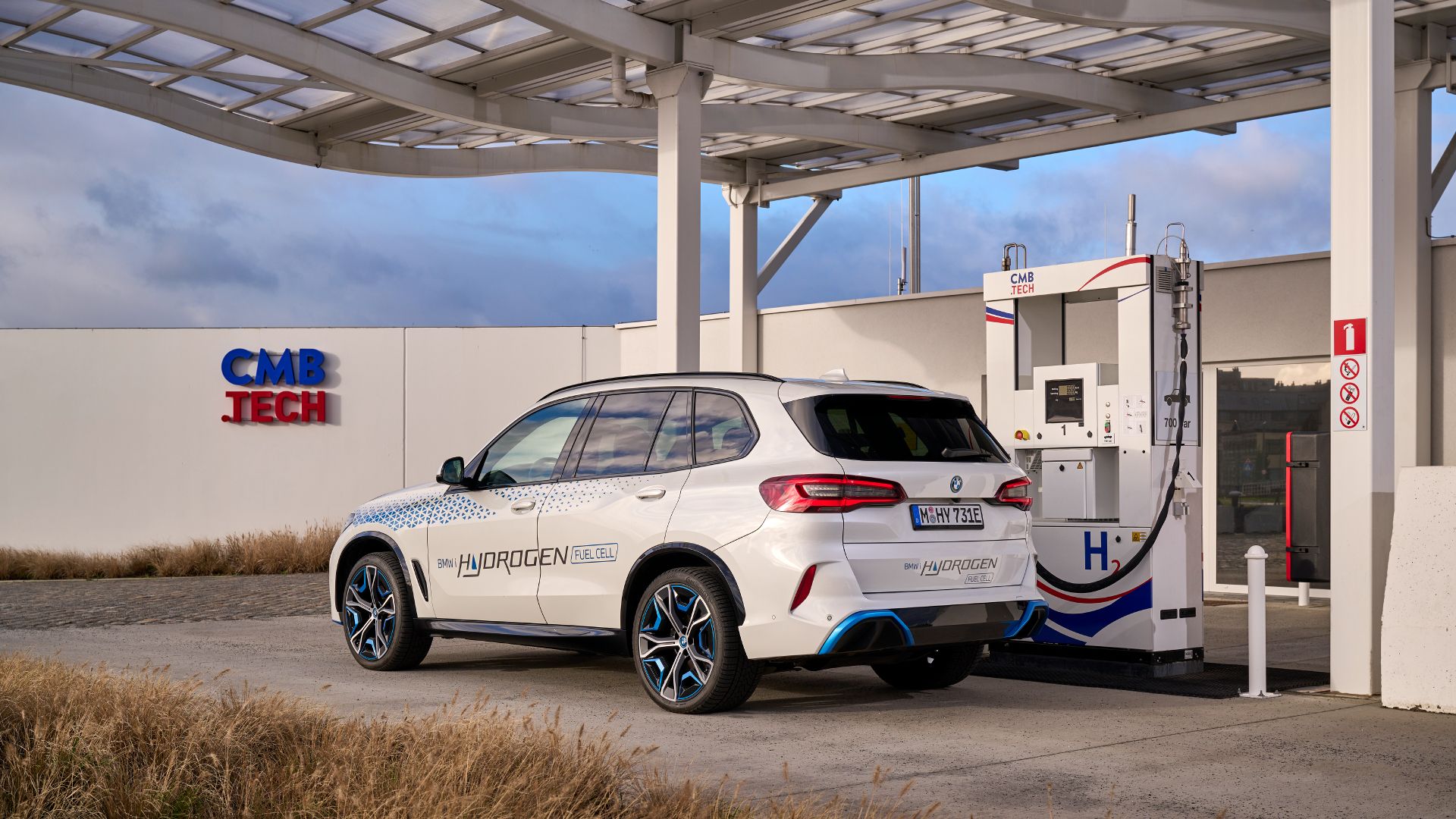To comply with carbon emissions regulations, many automakers have pledged to phase out the production of gas and diesel vehicles in the near future. But there is something in their plans that is hard to ignore. While the pathway to achieving zero-emission vehicles offers two options - battery and hydrogen fuel-cell EVs - the latter has been massively sidelined. Only a handful of hydrogen fuel-cell electric vehicles (HFCEVs) have been produced so far: The Toyota Mirai, the Hyundai Nexo, and the Honda Clarity Fuel Cell, which was discontinued in 2021. Speaking of which, only three companies are responsible for all hydrogen cars in the market. In contrast, millions of BEVs are gracing our roads today, and nearly every car manufacturer can claim production responsibility for at least one model.
In light of automakers' actions, it appears as if achieving zero emissions is synonymous with producing BEVs instead of exploring other available options. Not long ago, the world’s largest automaker, Toyota, was on the receiving end of criticism for being deliberately slow in shifting toward the production of all-electric vehicles. All this time, the company was experimenting with other options, including hybrid and hydrogen cars, which they believed could be better alternatives to achieving the same goal of reducing carbon emissions. In their defense, the then CEO Akiyo Toyoda said that EVs are just a hype that will backfire when they flood the market and cause overload on the grid along with more emissions indirectly through electricity generation. Guess what he proposed was the true green vehicle – you got it right – hydrogen fuel-cell cars.
Hydrogen Cars Are A Lot Safer Than EVs
The 1937 Hindenburg and the 2019 Norway hydrogen station explosions have been occasionally used to question the safety of hydrogen vehicles. But what skeptics forget is that we have been handling potentially explosive gasses in our everyday lives for the longest time. For example, liquified petroleum and compressed natural gas are dangerously explosive, but because of careful handling, they rarely cause explosions. What really matters is the safety precautions. In hydrogen cars, the tank is made up of carbon-fiber-reinforced plastic (CFRP), measuring approximately ten times the hardness of steel. Even in fatal accidents, the tank would be the last component to get damaged. Furthermore, the tanks are laced with fireproof material on both inner and outer surfaces. In case of spark or flame exposure, the tanks are equipped with safety valves that release the pressure quickly to prevent an explosion. Toyota has already tested hydrogen cars under extreme temperatures, and the results were impressive. Of all hydrogen cars ever sold, none has reported an incident of catching fire.
Hydrogen Fuel Is Clean And Abundant
Hydrogen’s abundance makes it a great choice of fuel for future cars. It sharply contrasts with scarce deposits of elements such as lithium, cobalt, and nickel that are vital in manufacturing regular EV batteries. Battery manufacturers have expressed worries that these elements could deplete with time. While these elements are only found in limited deposits in certain regions of the world, hydrogen is pretty everywhere and virtually limitless. It should be noted that hydrogen does not directly power HFECVs. Instead, it’s used to generate electricity that powers them as if they were regular EVs. Hydrogen from the car’s storage tank and oxygen from the air undergoes a chemical reaction inside the fuel cell to generate electricity. The entire process emits water vapor from the exhaust pipes making the car harmless to the environment.
Increasing Investment And Support For FCHV
Originally, the pathway to achieving zero-emissions vehicles hinged on two emerging technologies – battery and hydrogen cars. But along the way, the hydrogen option was largely deserted by automakers, especially those outside Asia. Only Toyota and Hyundai have held on to the dream of making hydrogen cars a reality, but a lot more are joining in now. Even Honda exhibited pessimism by discontinuing its hydrogen-powered Clarity model in 2021. However, in an interesting turn of events, some European companies like BMW, Land Rover, and Riversimple are making new strides into the world of hydrogen cars. Their upcoming hydrogen-powered models are the iX5 SUV, the Land Rover Defender Hydrogen, and the Riversimple Rasa respectively. America will not be left behind as a new kid on the block, Hyperion Motors, is working on the Hyperion XP-1 hydrogen car. These bold moves could potentially give other automobile manufacturers a reason to rethink going hydrogen.
In recent years, more countries have been pushing for hydrogen fuel technology by setting policy incentives that promote research and development efforts on the same. Although these incentives target various sectors, the primary emphasis lies within the transport sector. In terms of research and development, China leads the pack with the highest overall journals and patents on hydrogen fuel vehicles. Other countries showing serious interest include Japan, the U.S., South Korea, and Germany. Japan and South Korea have installed over one hundred hydrogen fuel stations in support of HFCEVs refueling. In total, there are more than 370 stations across the globe.
Hydrogen Cars Showcase Greater Potential Compared To Electric Cars
The fuel cell stack in hydrogen cars has a lifespan of “forever.” Not that it's eternal, but it lasts as long as the car itself. This means that these cars are not any different from ICE cars in terms of longevity. Though, it gives them an edge over regular electric cars whose batteries degrade with more charging cycles. Refueling time is a pivotal aspect when envisioning the cars of tomorrow. BEVs are shunned for taking too long to recharge, a fate that HFCEVs would not suffer. Refueling a hydrogen car is similar to refueling a conventional gas car. It happens in a matter of minutes at the pump, only that hydrogen gas is pumped into the tank instead of gasoline.
But wait, how about the range? In HFCVs, hydrogen gas is held in the tank under pressure. In other words, it's compressed to increase the quantity that can be stored at a time. This allows the car to cover an average of 300 to 400 miles on a single tank, compared to BEVs average of 100 to 200 miles. Not to mention the range is getting better with time. The newest Toyota Mirai bagged the Guinness World Record after smashing a range of 845 miles on a single full hydrogen tank. Just like battery electric cars, hydrogen fuel-cell vehicles have zero tailpipe carbon emissions. However, when it comes to overall total emissions, including manufacturing and fuel sourcing, HFCEVs promise the least environmental impact. They produce nearly ten times less carbon emissions than their BEV rivals.
The Problem With Hydrogen Fuel
The fact that hydrogen vehicles are not in mass production means there are setbacks with the technology. The greatest of them all is inefficiency. We mentioned earlier that hydrogen is abundant on the planet, but it’s not available as an isolated element ready to use. The most viable way of obtaining it, water electrolysis, consumes a lot of electricity leading to a 30-percent energy loss. Further down the line, transportation, storage, and distribution account for 26% energy loss. By the time it powers the car, a total of 78% of the initial energy goes to waste. If we find a way around this problem, hydrogen could be the ultimate green energy for the future automotive industry.

